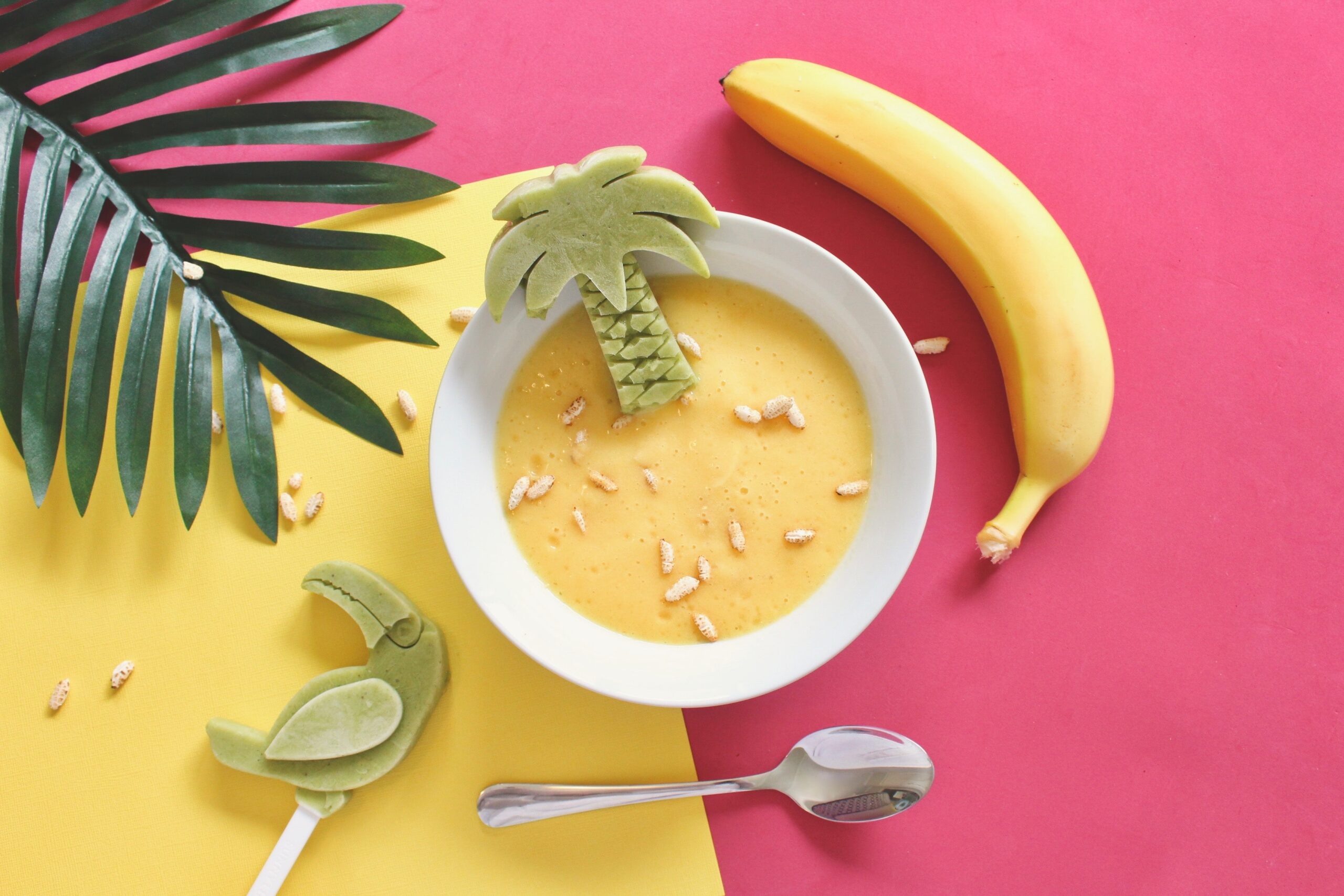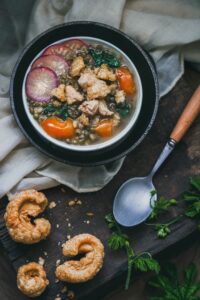Delightful Vitamin D
For years we’ve heard about the dangers of sun exposure — premature lines and wrinkles, brown splotches and the biggest scare of all, skin cancer. We slather on the sunscreen, wear hats and don UV-protective clothing. Meanwhile, our teeth and bones pay the price — staying out of the sun means we don’t activate production of our sunshine vitamin, vitamin D, which is critical to strong bones and pearly whites.
In addition to our obsession with UV protection, numerous studies point to the fact that the Dietary Reference Intakes (RDIs) for vitamin D set in the 1990s are no longer sufficient based on new research that shows vitamin D wears more than a “calcium absorption” hat. It turns out that vitamin D could be a strong defensive player against cancer, heart disease, immunity and neuromuscular disorders. Based on this, you can bet that the Institute of Medicine (IOM) has set determining the optimal intake of vitamin D as a high priority.
Most Americans face a serious vitamin D deficiency, with women having the greatest risk of deficiency. Nearly half of us don’t meet our recommended daily intake for vitamin D, according to the Dietary Guidelines for Americans and the American Dietetic Association.
1) Lack of Vitamin D?
A lack of vitamin D in our diets has put us on a path toward some serious health problems. Studies show that a lack of vitamin D may put people at risk for diabetes, heart disease and osteoporosis.
A lack of vitamin D in our diets has put us on a path toward some serious health problems. Studies show that a lack of vitamin D may put people at risk for diabetes, heart disease and osteoporosis.
2) Restore what is lacking
Today, most vitamin D comes from the foods we eat. Fish is one of the few foods naturally rich in vitamin D. Tuna, salmon, sardines and mackerel are especially excellent sources of vitamin D, but it’s unlikely that we’re eating enough to make up for our vitamin D deficit. Products such as milk and yogurt, certain baked goods and oil spreads usually pack extra vitamin D, too.
Recommended Foods
So, how much should be we be getting? Well, we won’t know for sure until the IOM sets new recommendations. You can visit your doctor and request a blood test for the active form of vitamin D, known as 25 hydroxy D3. The amount of vitamin D needed to maintain optimal levels in our blood has not yet been established, but initial studies suggest the range to be a concentration somewhere between 40 and 80 nanomoles/liter. This test can be taken at your annual check-up to see how effective your diet is in providing you with vitamin D.
In the meantime, eat the foods mentioned as being high in vitamin D. You can also supplement 200 IUs per day (if you’re under 50 years of age) or 400 IUs a day (if you’re over 50 years of age). Eating a LUNA bar is another great way to get vitamin D, as well as other vitamins and minerals, such as iron, calcium and folic acid, that women need. Your bones, teeth and taste buds will thank you!
Sample Diet Plan
| Breakfast |
||||||||||
| Foods fortified with vitamin D, like some dairy products, orange juice, soy milk, and cereals | ||||||||||
|


